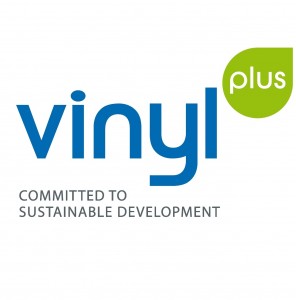However, the regulation can cause a change in the qualification of PVC waste containing lead and DEHP.Based on the new regulation, a content-based classification is introduced, which sets the following permissible limits of0.1% Pb and 0.3% DEHP in waste.It is clear that waste may contain additives, which had been legally incorporated into the product when it was made, and as a result the recycled material obtained from the waste may, according to the current regulations, be classified as hazardous.Some of these substances may also be subject to restrictions and approvals required by the REACH directive.They have been completely or almost completely replaced with the primary raw material, but they can also be found in permanent-use products such as waste from renovated or demolished buildings. The effect of recycling on the contents of pre-fabricated products is also being discussed given the use of e.g. lead stabilisers in the past.As they are a permanent element of a polymer material’s composition, they do not constitute a hazard.
VinylPlus has been requesting the EU to develop a harmonised solution, which will prevent PVC waste, previously containing substances, which by way of amendment III to framework directive 2008/98/EC would be classified as hazardous, to be considered as such.EU’s Environmental Commission has appointed the BIPRO consulting agency to check whether it will be feasible to make exclusions for certain hazardous substance-containing waste.The results of their studies were presented on 20 April, 2015 to the members of the Technical Adaptation Committee (TAC).The results also contained information on the migration of certain additives from PVC waste into water, based on a study conducted by FABES.BIPRO defined the PVC waste streams in which these materials are biologically dangerous. FABES’ results confirm that the migration of hazardous substances from PVC waste is very low.
On this basis it is concluded that soft and hard PVC waste should not be classified as hazardous.In addition, such a regulation may completely put a halt to Poland’s PVC waste recycling system which has only began to operate.The new law might cause serious problems with the recycling of PVC waste in Poland if introduced.
Despite the confusion with the interpretation of EU laws (REACH, CLP and hazardous waste), especially with regard to the recycling of PVC containing “older” additives, the new regulations may prove detrimental to the use of recycled waste in Europe and to the demand for the recyclate.The European PVC industry is working closely with the relevant authorities to solve this issue.

